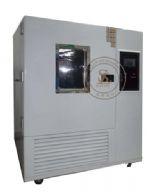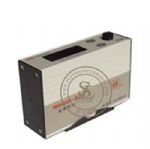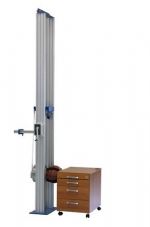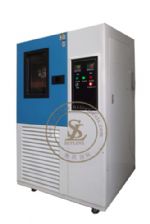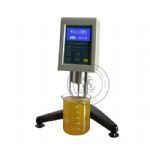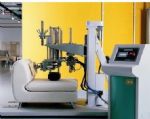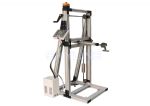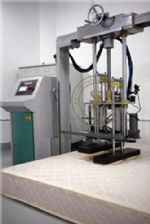- Product Catagory
- Tensile Strength Testing Machine
- Cables Flammability Testing Equipment
- Building Materials Flammability Testing Equipment
- Luggage Test Machine
- Textile Testing Equipment
- Color Fastness Instruments
- Textile Physical Test Instruments
- Lab Dyeing Instruments
- Flammability Test Chamber for Textile
- Consumables for Textile Testing
- Toys Safety Testing Equipment
- Physical & Mechanical Testing
- Flammability Testing
- Clamps for Toy Testing
- EN71-8,ISO8124-4
- Furniture Testing Machine
- Chair Testing Machine
- Mattress Testing Machine
- Furniture Testing Equipment
- Tables Test Machines
- Enviromental Chamber
- Leather and Footwear Testing Instruments
- Mobile Phone Testing Equipment
- Contact us
- Tel:86-769-23830463,86-13751491529
- Fax:86-769-38818154
- Contact:Ivy Xie
 [email protected]
[email protected] - Msn
 [email protected]
[email protected] Whatsapp/Wechat +8613751491529
Whatsapp/Wechat +8613751491529- Skype
 skylineinstruments
skylineinstruments happy_go_lucky4477
happy_go_lucky4477
- Site:Home > Furniture Testing Machine > Furniture Testing Equipment > SL-T22 Formaldehyde Test Chamber
- Product Images
- detailed description
Formaldehyde Test Chamber
Product introduction
Formaldehyde is widely used in industry to manufacture building materials and numerous household products. It is also a by-product of combustion and certain other natural processes. At room temperature, formaldehyde is a colorless, flammable gas that has a distinct, pungent smell. It is also known as methanal, methylene oxide, oxymethyline, methylaldehyde, and oxomethane.
Sources of formaldehyde in the home include building materials, smoking, household products, and the use of un-vented, fuel-burning appliances such as gas stoves.
There are a number of dangers associated with exposure to Formaldehyde, which is classed with chemicals such as Arsenic and Cyanide
Conforms to the standards E-1333-96 ASTM D6007-02 ENV717-1
Technical parameters
Capacity of test chamber 1 cubic meters Temperature Range 20 to 30 degree Celsius Adjustable precision ±0.5 degree Celsius Test precision ±0.1 degree Celsius Humidity range 40-70% R.H Adjustable precision ±0.5% R.H Measurement precision ±.1% R.H Dimension of test chamber 800x800x1578mm Dimension of external 1400x2000x2100mm Maintain at least 1 Pa pressure inside of test chamber and monitor by the pressure meter long term.
What are environmental test chambers?
Environmental test chambers are systems that allow users to manipulate the environmental conditions of an enclosed space to run controlled tests on a subject. Researchers, engineers, scientists, and manufacturers utilize these conditions to push innovation and ensure whatever products they produce are safe for use.
How do environmental chambers work?
An Environmental Chamber is an enclosed space where environmental conditions such as temperature and humidity can be controlled. Some chambers can also simulate corrosion by introducing salt spray into the chamber. The dimensions of these chambers may greatly vary according to the type of product that has to be tested.

- Related ProductsMore>>



